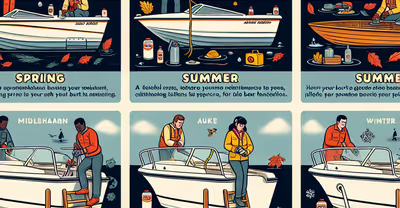
Key Takeaways
- Regular boat cleaning prevents buildup and maintains fuel efficiency.
- Routine inspections and maintenance safeguard essential boat components.
- Proper winterization and covering protect your boat from the elements.
Lake boating offers serene escapes, but did you know maintenance is key to those perfect days on the water?
Regular care ensures your vessel remains ready for those impromptu getaways.
Owning a boat is a joy and a responsibility.
Keeping it in tip-top shape requires year-round attention to several maintenance aspects.
From the engine to the upholstery, each component plays a vital role in the longevity and performance of your boat.
We understand your boat is an investment and a source of pride.
That's why we're dedicated to providing you with reliable tips to maintain your boat throughout the seasons.
We draw upon proven methods and insider knowledge to help you prevent common issues before they arise, so you can focus on enjoying the water with confidence.
Regular Cleaning
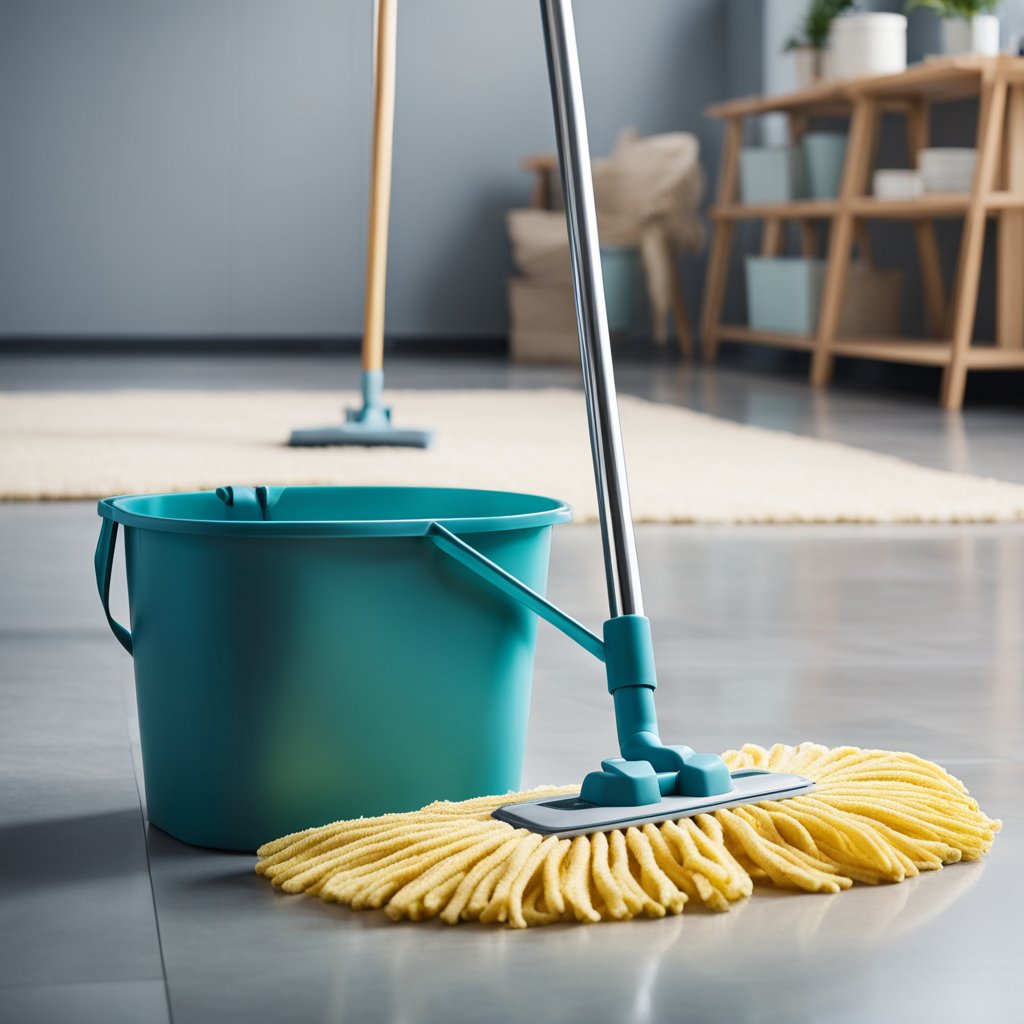
Hey, you know how good it feels to step into a freshly-cleaned home?
The same goes for your boat!
Regular cleaning is not just about sparkling surfaces; it’s about keeping your aquatic pride and joy in top-notch condition.
Let’s dive into how you can do this effectively.
First off, after every outing, make it a habit to wash down your boat.
Why?
Well, if you let dirt, grime, or seawater sit for too long, they can be more than just an eyesore — they can actually start corroding your boat!
No kidding, those salt crystals are like tiny vandals, slowly damaging the finish of your boat.
So grab a hose and spray down every surface, using marine-grade cleaning products.
These are specifically formulated to be tough on the bad stuff while being gentle on your boat's finish.
You're aiming to preserve the beauty of your boat while waving goodbye to grime.
Here's a quick checklist for your cleaning routine:
Body of the Boat:
Rinse thoroughly with fresh water.
Apply marine-grade cleaner with a soft brush.
Wash it off and marvel at the shine.
Upholstery & Canvas:
Target mildew and dirt with mild soap and water.
Rinse and let it air dry because nobody likes a damp seat.
Remember, a clean hull isn't just about good looks.
It can actually save you up to 30% on fuel because a smooth, clean surface reduces drag.
So think of cleaning your boat as an investment — in both performance and future fun on the lake!
Keep these tips in your back pocket, and your boat will thank you with years of loyal service.
Now go enjoy that fresh-off-the-lot feeling every time you set sail!
Engine Maintenance

Hey there, boat enthusiast!
Let's chat about keeping your boat's engine running like a dream, shall we?
Regular Check-Ups: You wouldn't skip a doctor's appointment, right?
Treat your boat's engine the same way!
Peek under the hood regularly.
Keep an eye on fluid levels and make sure they're topped off.
- Oil Changes: Remember, changing the engine oil isn't just a suggestion; it's a necessity! Aim to do this at least once every boating season, or better yet, follow what your trusty owner’s manual says.
- Engine Oil: Change once per season or per manufacturer's recommendation.
Fuel Filters: Fuel filters are the unsung heroes, keeping gunk out of your engine.
Check these little lifesavers often and replace them as needed—your engine will thank you with purrs of contentment.
- Avoid Fuel Issues: Use quality fuel, and don't shy away from additives if that's what the doctor (aka, your manual) orders.
Keep this handy:
- Quality Fuel: Check!
- Additives: If necessary.
Keep It Clean: After each outing, a quick wash can prevent build-up and save you up to a whopping 30% on fuel.
Efficiency for the win!
Bottom line: Show your engine some love, and it'll be good to you for those blissful days on the lake.
Happy boating!
Battery Care

Hey there, skipper!
Taking care of your boat's battery is key to smooth sailing, don't you agree?
Let's dive right into making sure your vessel stays powered-up, no matter the season.
First things first, keep your battery charged.
It's like feeding your boat's energy appetite; it just runs better on a full belly, right?
Remember, a fully charged battery is a happy battery.
In the off-season, when your boat is taking a well-deserved rest, find a cool, dry spot to store the battery—this spot will be its winter home.
Now, you're not going to just leave it there to collect dust, are you?
Absolutely not!
Here's what you should do:
- Regular Cleaning: Make sure those terminals are as clean as a whistle, because nobody likes a corroded connection.
- Storage Location: Place your battery off the ground, preferably on a piece of wood; it just likes it better up there.
- Temperature Matters: Aim to keep it between the cozy range of 32 and 80 degrees Fahrenheit.
And the secret sauce?
A trickle charger.
It's like a slow, steady stream of energy that maintains the charge and keeps the battery from feeling lonely and abandoned.
Here's a little cheat sheet:
So, charge it up, tuck it in, and give that trickle charger a pat for doing its thing.
Happy boating!
Bilge Pump Inspection

Hey there, boat enthusiast!
Is your bilge pump up to snuff?
Let's take a peek together to keep your vessel tip-top, shall we?
Why Inspect?
Your bilge pump is your boat's unsung hero, quietly whisking away unwanted water and keeping you afloat.
But, just like any hero, it needs a little TLC to keep performing at its best.
First Things First:
- Check the Pump's Operation: Make sure it activates automatically and also responds to the manual switch.
- Listen Closely: It should run smoothly. Any strange noises? That could be a sign of trouble.
The Nuts and Bolts of It:
- Look for wear and tear on the pump body and hoses.
- Ensure the float switch isn't hindered by debris.
- The electrical connections should be corrosion-free and secure.
It's All About Positioning:
- Inlet Placement: Verify that it can remove water effectively both at rest and when your boat is heeled over.
- Outlet Point: The discharge should be a minimum of 8 inches above the waterline to prevent backflow.
Maintenance Musts:
- Clean the strainer. It's a simple job that keeps the water flowing.
- Don't forget to inspect after heavy usage or following a storm.
Keeping up with these checks not only prolongs the life of your pump but maintains your safety on the water.
Happy boating, and here's to dry socks and a bilge pump that never lets you down!
Propeller Inspection

Hey, boater!
Ready to give your propeller the attention it deserves?
Your prop's condition can have a big impact, not only on your day out on the lake but also on your boat's overall performance and health.
So, let's get to it!
What to Check:
- Damage: Look for nicks or dings that might have been souvenirs from your last adventure.
- Corrosion: Keep an eye out for any signs of corrosion or pitting, especially if you boat in salty waters.
- Distortion: Take a moment to see if the blades are straight. Even a slight bend can throw off your ride.
- Security: Give the propeller a gentle wiggle to ensure it's on tight. A loose prop could lead to a story you'd rather not tell.
How to Inspect:
- Visual Inspection: Dry land is your workshop here. With your boat safely parked, have a close look at each blade.
- Feel Test: Run your fingers along the edges and surface. Be careful though, those blades can be sharp!
- Rotate: Spin the propeller slowly to check for wobbles that hint at balance issues.
Remember, your propeller is a key player in the game of smooth sailing.
Keep it in shape, and it'll return the favor with performance and fuel efficiency.
Plus, who wants the hassle of repairs when there's boating to be done?
Don't take it from just me though, thorough propeller care is the hallmark of every savvy boater.
So grab those gloves, conduct your inspection with care, and ensure many more joyful days on the lake.
Safe cruising, my friend!
Hull Inspection

Have you given your boat's hull the attention it deserves lately?
Think of the hull as the foundation of your boating adventures—it's what keeps you afloat!
Let's dive into hull inspection and why it's crucial to your lake boating upkeep.
Visual Inspection:
- Look for visible cracks, scratches, dents, or any abnormalities. These are often the tales of your nautical journeys but left unchecked, they're gateways for water seepage.
- Check for blisters in fiberglass; it's like checking for cavities – better caught early!
- Gel coat integrity is key. Like sunscreen for your boat, it protects against harmful UV rays.
What to Do:
- Clean the area—dirt can hide small imperfections.
- Inspect closely, especially after collisions or rough outings.
- If you find damage, address it pronto—procrastination is the enemy of buoyancy!
- For minor damage, a DIY approach with a marine repair kit might work. But don't shy away from professional help for bigger issues.
Pro Tip: A pristine hull isn't just about pride; it's economics.
Did you know a clean hull can slash fuel consumption by up to 30%?
That means more lake time with less gas station chat!
And remember, amidst the waves and winds, your boat's hull is your steadfast friend.
Treat it with care, and it'll ensure your lake excursions are always a splash.
So squint, scrutinize and make sure your boat's hull is in tip-top shape!
Winterization

Hey there, boat owner!
Brrr, can you feel that chill in the air?
If you're nodding yes, it's time to talk about winterizing your lovely lake boat.
Let's keep it snug and safe until the warm breezes call us back to the water, shall we?
Draining Fluids: First things first, water is no friend to your boat when it turns to ice.
Aim to drain all fluids from your engine, bilge, and plumbing systems.
This move is clutch to prevent any freeze damage.
Engine TLC: Your engine has been good to you all summer, right?
So, here's how to return the favor:
- Change the oil and oil filters to keep it clean.
- Flush that engine with fresh water to wash away any lingering lake memories.
- When it's squeaky clean, run antifreeze through to protect it. Your owner's manual is your Bible for this step.
Fuel System Fix: Fill 'er up with fuel and add a stabilizer to keep the system from varnishing.
Your future self will high-five you for this.
Water System Woes: Just imagine your boat's water system as a slushie machine.
Not cool, right?
So, pump non-toxic antifreeze through showers and sinks until they're burping out the pink stuff instead of clear water.
Ventilation is Vital: Keep mold and mildew at bay by ensuring your boat breathes.
Moisture absorbers and proper cover ventilation do the trick.
Cover Up: Tuck your boat in with a sturdy cover to shield it from the elements—kind of like a cozy blanket that also fights off snow and rain.
And remember, take a peek at your boat occasionally during the off-season.
A quick check can help avoid any nasty surprises come spring.
Now, wasn't that a breeze?
Your boat's going to be so ready for those sun-soaked days on the lake!
Covering

Ever tucked in your boat for a long nap?
Your boat deserves that snug protection, just like you do under a cozy blanket.
Here's the lowdown on why and how to keep your boat covered up and comfy:
- UV Rays & Weather: Direct sunlight isn't a friend to your boat's skin. UV rays can fade paint and crack that once glorious gel-coat. Weather swings from manic Mondays of pouring rain to sunny Sundays, treating your boat to a mix of molds or a bake-off – neither are fun. A cover is your boat's sunscreen and raincoat rolled into one, so make sure it's a good fit!
- Debris: Leaves, twigs, bird's gifts—nature's flotsam can turn into jetsam on your deck. A cover keeps the mess at bay, simplifying your cleaning routine.
- Long-Term Storage: If your boat's hibernating for a while, a cover is its best companion, shielding it from the elements and the off-chance snowstorm or pesky ice accumulation.
Here's a punchy checklist to keep your boat-cover game strong:
- Guaranteed Fit: Ensure it's a snug fit; think tailored suit, not a hand-me-down.
- Durable Material: Waterproof and tough enough to withstand a temper tantrum from Mother Nature.
- Maintenance: Even covers need love. Clean and dry before storing.
- Warranty: The longer, the better—up to a 10-year warranty shows confidence in coverage.
Remember, investing in a sturdy cover and using it properly can save you time scrubbing and cash on repairs, prolonging the life of your cherished water chariot.
Keep your boat under wraps, and it'll pay you back in spades of saved effort and pristine condition!
Trailer Maintenance
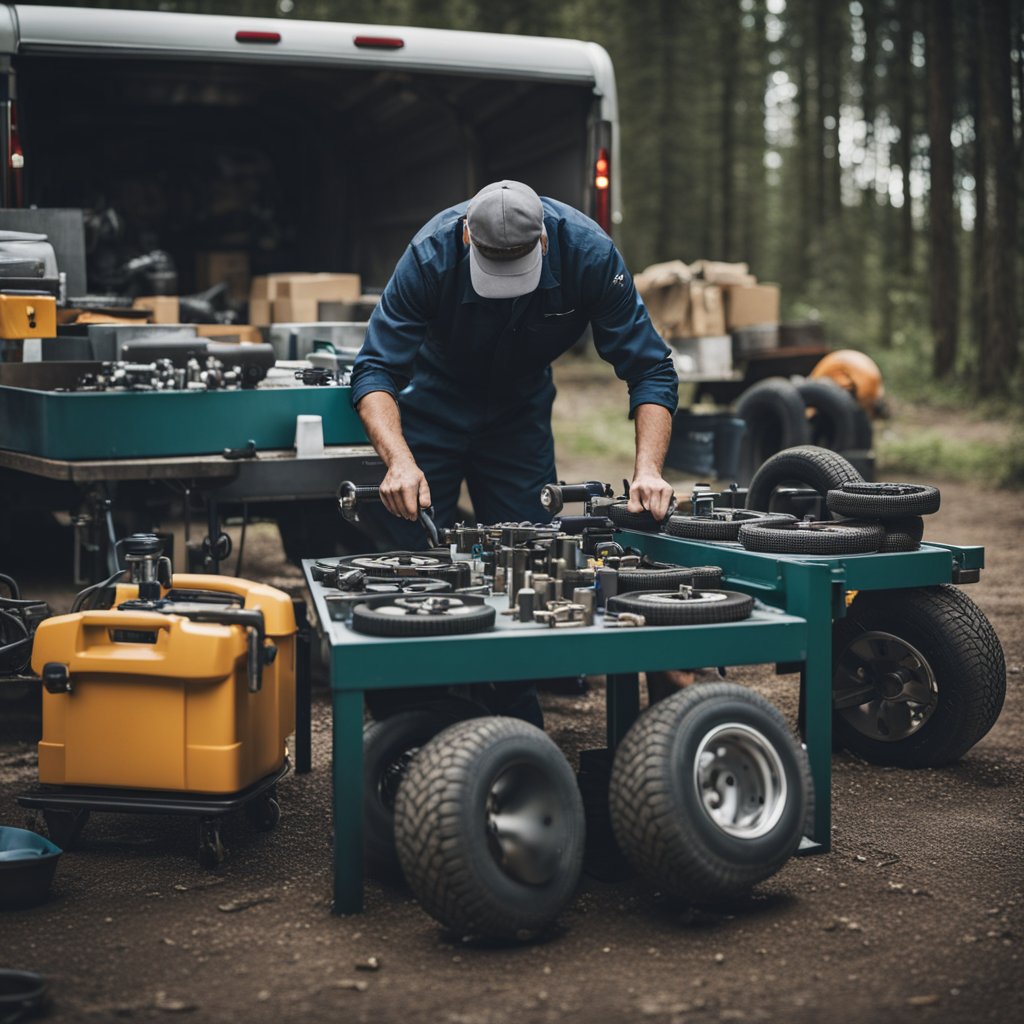
Hey there, boating enthusiast!
Before you hit the spectacular waves, let’s make sure your trusty vessel's ride to the lake is just as smooth.
Here's a quick rundown on keeping your boat trailer in tip-top shape all year round:
Tires & Wheel Bearings
- Tire Pressure: Grab a reliable gauge and check those tires! Aim for the sweet spot recommended in your trailer's manual. A properly inflated tire can prevent a ton of headaches.
- Wheel Bearings: These little heroes deserve your attention. Confirm their protector is snug in place and consider giving them a regrease for peace of mind. No one likes to deal with a roadside game of "find the missing bearing"!
Lights & Electrical
- ✔️ Test Your Lights: You don't want to play charades with other drivers guessing your moves. Check all signal and brake lights before every trip.
- ✔️ Connections: Ensure the trailer plug is free of corrosion and snugly connected to your vehicle for uninterrupted travel.
Winch & Safety
- The Mighty Winch: Is it operational and not showing signs of wear? A functional winch is a mighty ally in getting your boat in and out of the water easily.
- Safety Chains: Double-check they're strong and properly attached. Think of them as your trailer's lifeline should the hitch ever get ideas about parting ways.
Remember, these tips aren’t just about preventing trouble on the go, but also about preserving your boat’s trusty steed.
Give your trailer the care it deserves, and you'll save both time and money – not to mention the dreaded hassle of untimely breakdowns.
Now, happy trailering, and let's get those boats a-sailing!
Upholstery Care
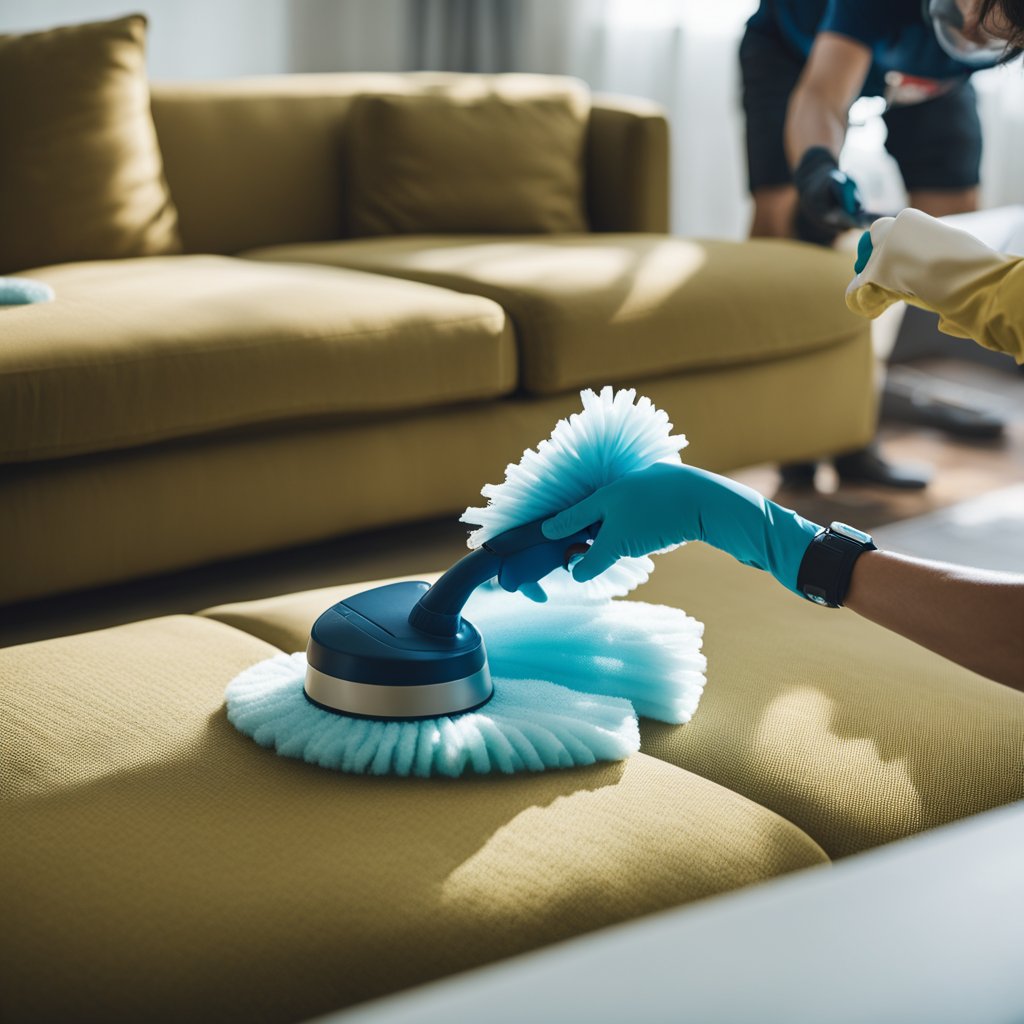
Hey, have you ever thought about how your boat seats are holding up?
With the sun, spray, and the occasional fish that gets away (right onto your cushions!), your boat's upholstery can really take a beating.
Let's tackle how to keep those seats looking fresh and feeling comfy all year round.
Cleaning Routine:
After Each Trip: Quickly wipe down surfaces with a moist cloth to nab any dirt or spills.
Deep Clean: Once in a while, give your seats a thorough cleaning with mild soap and fresh water.
Use a soft brush or sponge.
Rinse well to remove soap.
Conditioning:
- Vinyl Upholstery: Apply a UV protectant to prevent sun damage—it's like sunscreen for your seats!
- Leather and Other Materials: Find a conditioner that's suitable for the type of material you have.
Protecting:
- If not in use, boat cushions prefer to chill in a dry spot away from the elements. Think of it like they're hibernating from the harsh outdoor conditions.
Regular Maintenance:
- Covers: If possible, use boat covers when not in use.
- Dry Storage: Store your upholstery or cushions in a well-ventilated area to deter mold and mildew.
Remember, sun and water might be fun for you, but your boat's upholstery thinks otherwise.
A little care goes a long way in keeping your seats ready for your next lake adventure!
Electrical System
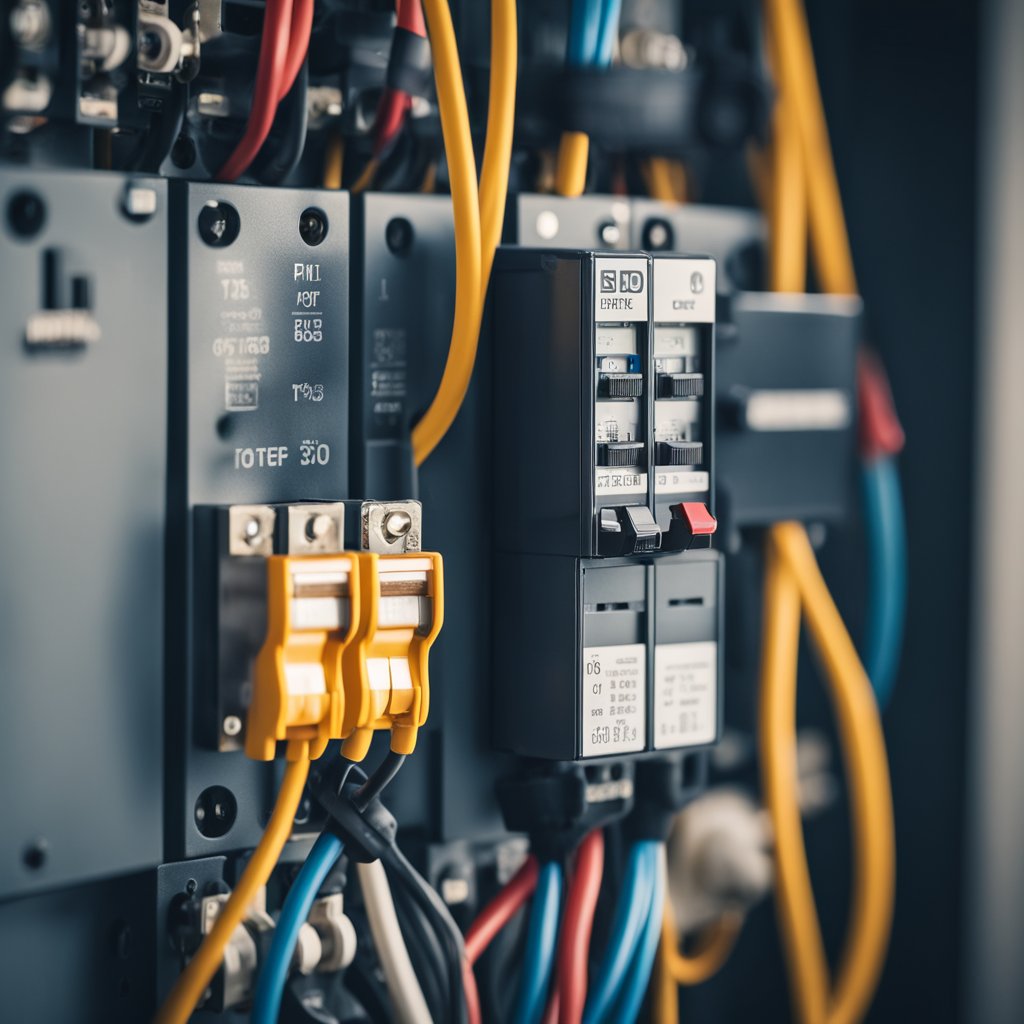
Hey there, boating enthusiast!
Ever thought about what keeps your tunes playing and your navigation on course while you're enjoying the lake?
That's right, it's your boat's electrical system - the unsung hero of your nautical adventures.
Keeping it in tip-top shape ensures you can focus on the good times without an unexpected hiccup.
So, what's the secret sauce to maintaining your boat's electrical vigor?
First things first, let's talk about a regular inspection.
Glance over your system for any signs of wear and tear - we're looking for corroded connections or frayed wires that can cause a real headache if left unchecked.
Sniff out any issues, and you'll be ahead of the game.
Remember to give your lights and electronics a quick test run.
It's like giving your boat a mini check-up - are all systems a go?
If something's not lighting up or if that GPS is playing hide and seek with the satellites, it might be time for a closer look or a call to your local technician.
Here's a handy checklist to keep you on track:
- Battery Inspection: Is it charged and holding charge?
- Wire Check: Any signs of damage or wear?
- Connection Tightness: A wiggle here and a jiggle there, everything snug?
- Lighting Test: Are all your lights bright and functional?
Keep these pointers in mind, and you'll ensure that your boat's electrical system isn't just a silent partner but a reliable mate on all your lake escapades.
Stay charged and ready to sail!


